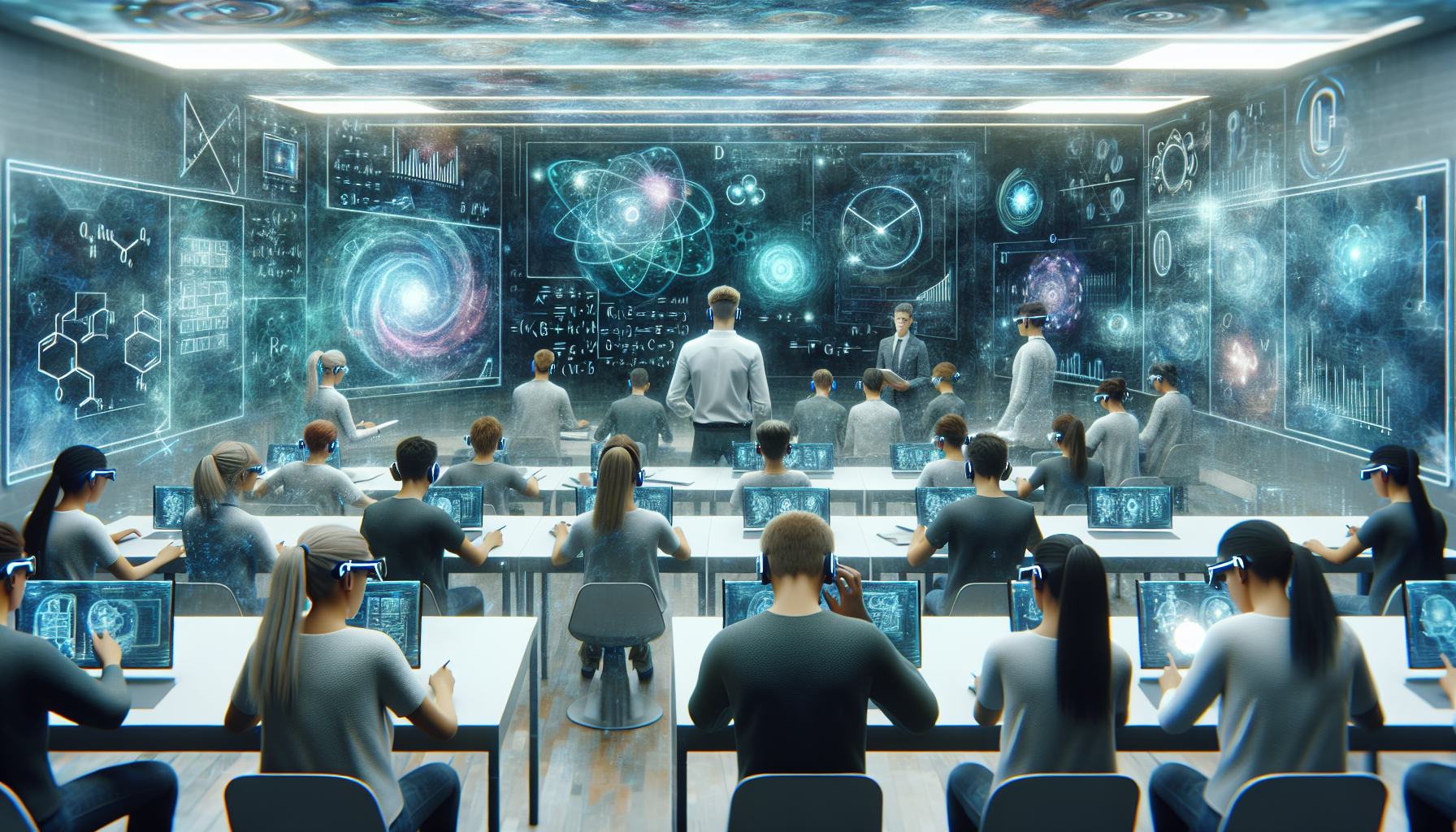With advancements in technology and the changing needs of society, education is continually transforming.
As we forge ahead, our perspective on learning and teaching is undergoing a paradigm shift, paving the way for a new era of modern education.
The cornerstone of this new era is technology. Currently, digital tools and platforms are playing an integral role in how we learn. They have transcended the boundaries of traditional classrooms, providing greater flexibility and accessibility. From video tutorials and virtual classrooms to digital textbooks and online assessments, technology has integrated into almost every facet of learning.
One might argue that technology, despite its advantages, cannot replicate the human interaction that traditional classrooms provide. However, recent trends suggest that technology can, in fact, enrich these interactions.
Virtual reality (VR), for instance, is swiftly gaining traction as an educational tool. It offers an immersive, interactive learning environment, enabling students to explore new concepts and scenarios in ways not possible in a traditional classroom setting.
Yet, the vision of modern education goes beyond just technology.
It encompasses a more learner-centric approach, where emphasis is laid on personalized learning. Unlike the one-size-fits-all model of the past, personalized learning allows education to be tailored to the individual’s unique learning style and pace. By doing so, it ensures a more engaged, motivated, and ultimately, successful learner.
Personalized learning is largely empowered by data. By harnessing the power of data analytics, educators can gain insight into each student’s learning habits, strengths, and areas for improvement.
This data-driven approach not only enables customization of educational content but also allows for real-time feedback and progress tracking.
Combining technology with personalized learning creates a holistic, effective educational experience. But to realize this vision, it is crucial to ensure equal access to these resources. Currently, initiatives are underway to bridge the “digital divide” – the gap between those who have access to technology and those who do not. By ensuring universal access, we move closer to an education system that is inclusive and equitable.
Another significant aspect of modern education is the emphasis on skills over rote learning. Today, the focus is shifting towards developing key skills like critical thinking, problem-solving, creativity, and digital literacy. These skills are crucial for thriving in the modern workforce and are now being integrated into educational curriculums worldwide.
In essence, the vision of modern education is a blend of technology and personalized learning, with a strong emphasis on skills development. It is about creating a learning environment that is flexible, interactive, and tailored to the individual learner’s needs. This vision of education holds the promise of fostering a generation of learners who are not only knowledgeable but also well-equipped to navigate the challenges and opportunities of the modern world.

And while this transformation is ongoing, it is clear that education, as we know it, is evolving for the better.